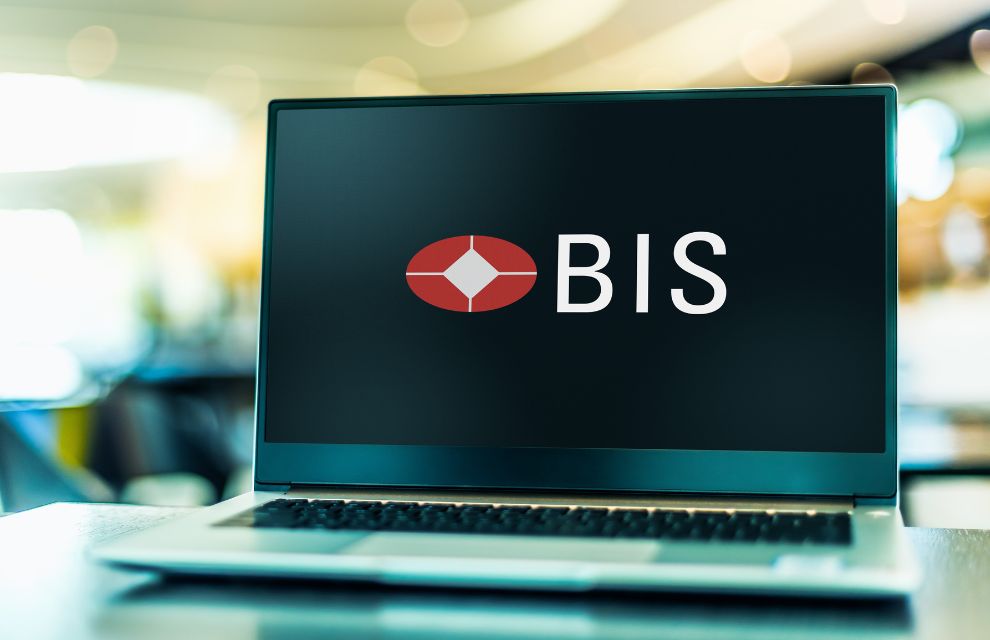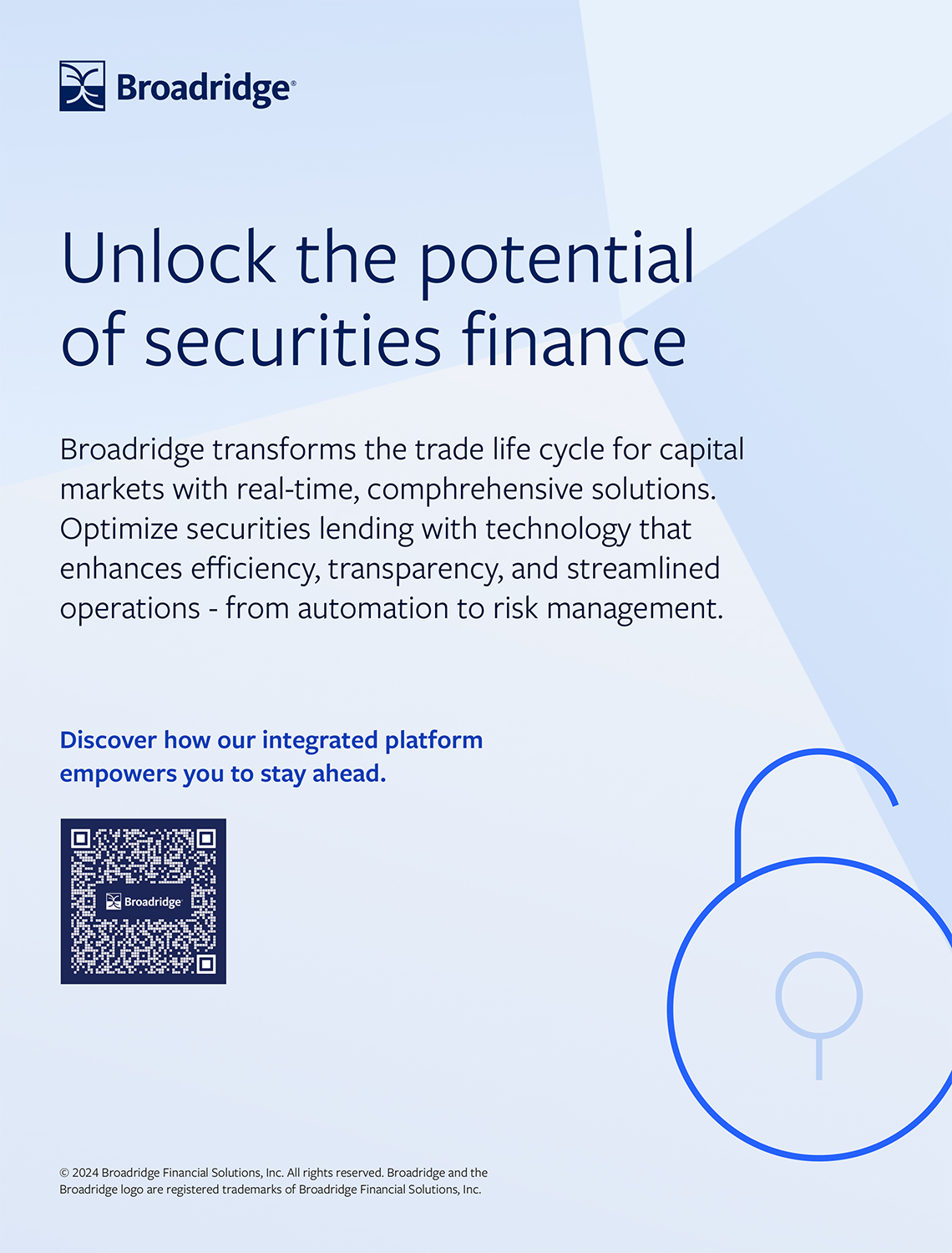BoE and BIS conclude DLT-based Project Meridian
19 April 2023 UK
 Image: AdobeStock/ monticellllo
Image: AdobeStock/ monticellllo
The Bank of England and the Bank for International Settlements (BIS) have completed their joint initiative named Project Meridian, which was the first programme to be completed by the BIS Innovation Hub in London.
Project Meridian focuses on synchronising payments against delivery of assets using distributed ledger technology to establish a synchronisation network.
This employs what the project team call a synchronisation operator which links real-time gross settlement (RTGS) systems with other financial infrastructure and ledgers, coordinating the exchange of payment against delivery of assets.
The synchronisation operator organises simultaneous delivery against payment without holding funds or securities on its balance sheet. The prototype illustrates how the DLT network can link to financial market infrastructures using application programming interfaces (APIs), utilising ISO 20022 standard messaging for instructions and confirmations.
With a prototype developed at the BIS Innovation Hub London Centre, the participants indicate that “a relatively simple generic interface gives the synchronisation operator a high degree of control over the movement of central bank money and an asset in a transaction.”
This enables the synchronised, or simultaneous DvP, settlement of funds and assets.
The prototype digitises the transfer of ownership by introducing a digital deed which is time-stamped at the point of settlement finality.
“This could act as a catalyst for industry participants to streamline the transaction by supporting further innovation,” conclude the BoE and BIS in a joint statement.
Project Meridian focuses on synchronising payments against delivery of assets using distributed ledger technology to establish a synchronisation network.
This employs what the project team call a synchronisation operator which links real-time gross settlement (RTGS) systems with other financial infrastructure and ledgers, coordinating the exchange of payment against delivery of assets.
The synchronisation operator organises simultaneous delivery against payment without holding funds or securities on its balance sheet. The prototype illustrates how the DLT network can link to financial market infrastructures using application programming interfaces (APIs), utilising ISO 20022 standard messaging for instructions and confirmations.
With a prototype developed at the BIS Innovation Hub London Centre, the participants indicate that “a relatively simple generic interface gives the synchronisation operator a high degree of control over the movement of central bank money and an asset in a transaction.”
This enables the synchronised, or simultaneous DvP, settlement of funds and assets.
The prototype digitises the transfer of ownership by introducing a digital deed which is time-stamped at the point of settlement finality.
“This could act as a catalyst for industry participants to streamline the transaction by supporting further innovation,” conclude the BoE and BIS in a joint statement.
← Previous technology article
TradFi and DeFi should be used in tandem, Securities Finance Technology Symposium panellists say
TradFi and DeFi should be used in tandem, Securities Finance Technology Symposium panellists say
NO FEE, NO RISK
100% ON RETURNS If you invest in only one securities finance news source this year, make sure it is your free subscription to Securities Finance Times
100% ON RETURNS If you invest in only one securities finance news source this year, make sure it is your free subscription to Securities Finance Times



